Over the course of the last several years, one of the most observable trends in electoral politics has been the movement of specific minority groups across the political aisle.
Two big constituencies for the Democrats, Hispanic voters and Black voters, have started voting for Republicans in higher numbers. It’s part of the reason the Democrats have been pushing so hard for a new “Voting Rights Act,” because they want to portray the Republican Party as trying to take away voting rights. It’s not a gambit, however, that appears to be convincing much anyone.
Likewise, the Democrats have no real answer for the problems at the border (and immigration overall) because they are worried it will affect their standing with various Hispanic voter groups – particularly Mexican-American voters. But other Hispanic sub-groups, like Cuban-Americans, have been shifting hard to the right.
Those shifts are the reason a governor like Ron DeSantis can win what was once a slightly blue/purple state like Florida by 20 points, effectively taking it off the table for Democrats in the near term (at least).
But the New York Times is now reporting that another ethnic group is showing signs of becoming more conservative: Asian Americans.
The Chinatown area of Sunset Park, Brooklyn, was long a Democratic stronghold. The party’s candidates would often receive more than 70 percent of the vote there. Last year, however, the neighborhood underwent a political transformation.
Lee Zeldin, the Republican nominee for governor, managed to win Sunset Park’s Chinatown, receiving more votes than Gov. Kathy Hochul.
[…]
This shift is part of a national story. In the past two elections — 2020 and 2022 — Asian Americans have moved toward the right, according to election returns and exit polls.
In 2016, Republicans won 18 percent of the Asian-American vote. In 2020, they won 30 percent, and last November, Republicans won 32 percent of it. That’s a massive shift in a pretty short span of time, and another sign that perhaps identity politics and race-based rhetoric actually aren’t helping.
Here are the conclusions that the Times has drawn from its investigation and interviews with experts.
Republican campaigns have recently increased their outreach to Asian voters, while Democratic candidates had grown complacent.
Education issues hurt Democrats. Asian voters have been unhappy with proposals to change the rules for magnet high schools like Stuyvesant that admit children based on test scores. Many students at those schools come from lower-income Asian families.
Perhaps most important, the Republicans’ anti-crime message resonated, following increases in both citywide crime and anti-Asian violence. Lester Chang, a military veteran and a new Republican member of the New York State Assembly, said that the overwhelming reason he won a Brooklyn district — beating a Democratic incumbent who had held the seat for 36 years — was crime.
Asian Americans are politically diverse. The most heavily Democratic groups include those of Indian, Pakistani, Bangladeshi and Arab descent. The least Democratic group is Vietnamese Americans, followed by Korean, Cambodian and Filipino Americans.
What’s more, the Times even admits that the progressive left is responsible for a lot of this divide. “Nationally, the rightward drift of Asian voters is connected to a new class divide in American politics,” the writer, David Leonhardt, acknowledges in one part of the story. Later, he adds that “The shift of Asian and Latino voters has coincided with a period when the progressive left has become bolder and shaped the Democrats’ national image,” and that “The shift has also coincided with the pandemic and its aftermath.”
This is all very true. The class divide is clear: “The Democratic Party, especially its liberal wing, has increasingly come to reflect the views of college-educated professionals,” Leonhardt writes. It’s the same criticism several commentators have been making for a while now. James Carville made the point not all that long ago when he called it “faculty lounge” politics – the super woke language of white academics that has not only has little appeal outside of the roughly eight percent of the party that calls itself “progressive”, but actively chases away working-class voters of all races.
Considering what Lee Zeldin did in 2022, it’s worth exploring outreach to these minority groups who no longer feel comfortable with the Democratic Party. And, as Zeldin noted at CPAC last week, the way to do it isn’t by playing a race card.
WATCH: @LeeZeldin explains how conservatives should reach out to voters in Democratic areas pic.twitter.com/7QYubHPW3K
— CPAC (@CPAC) March 4, 2023
It would be quite the coup.. if Republicans would take his advice, that is.
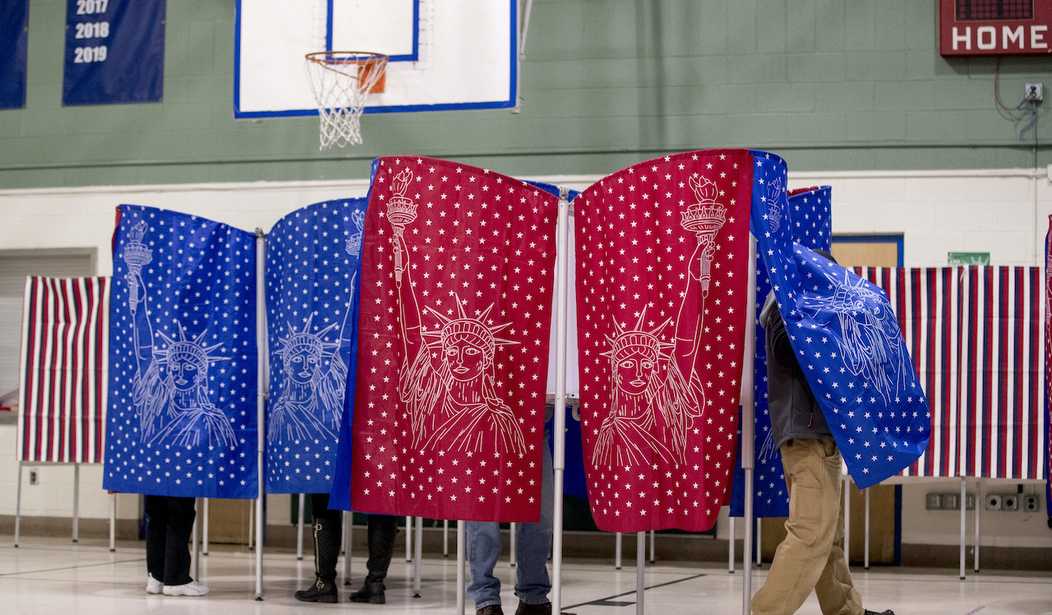

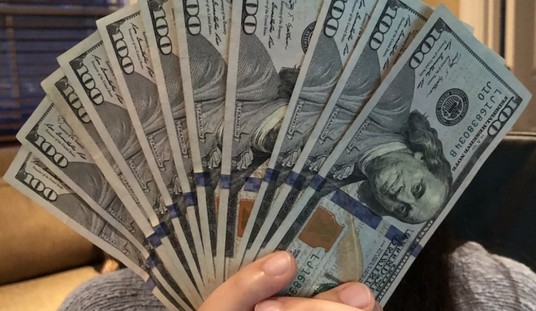
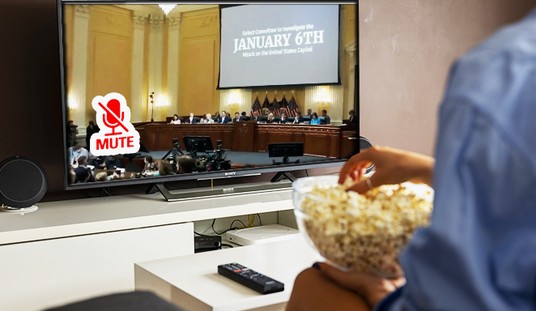



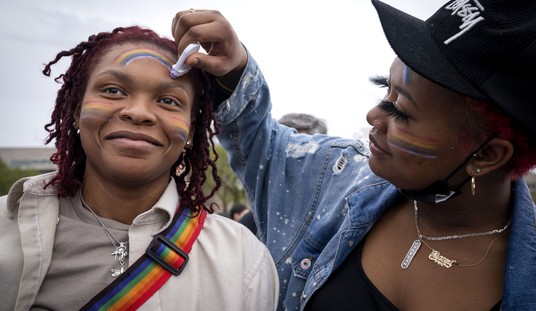


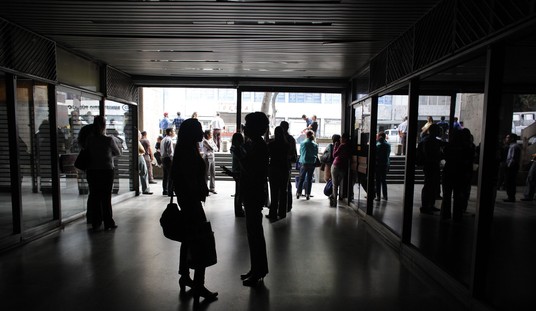

Join the conversation as a VIP Member